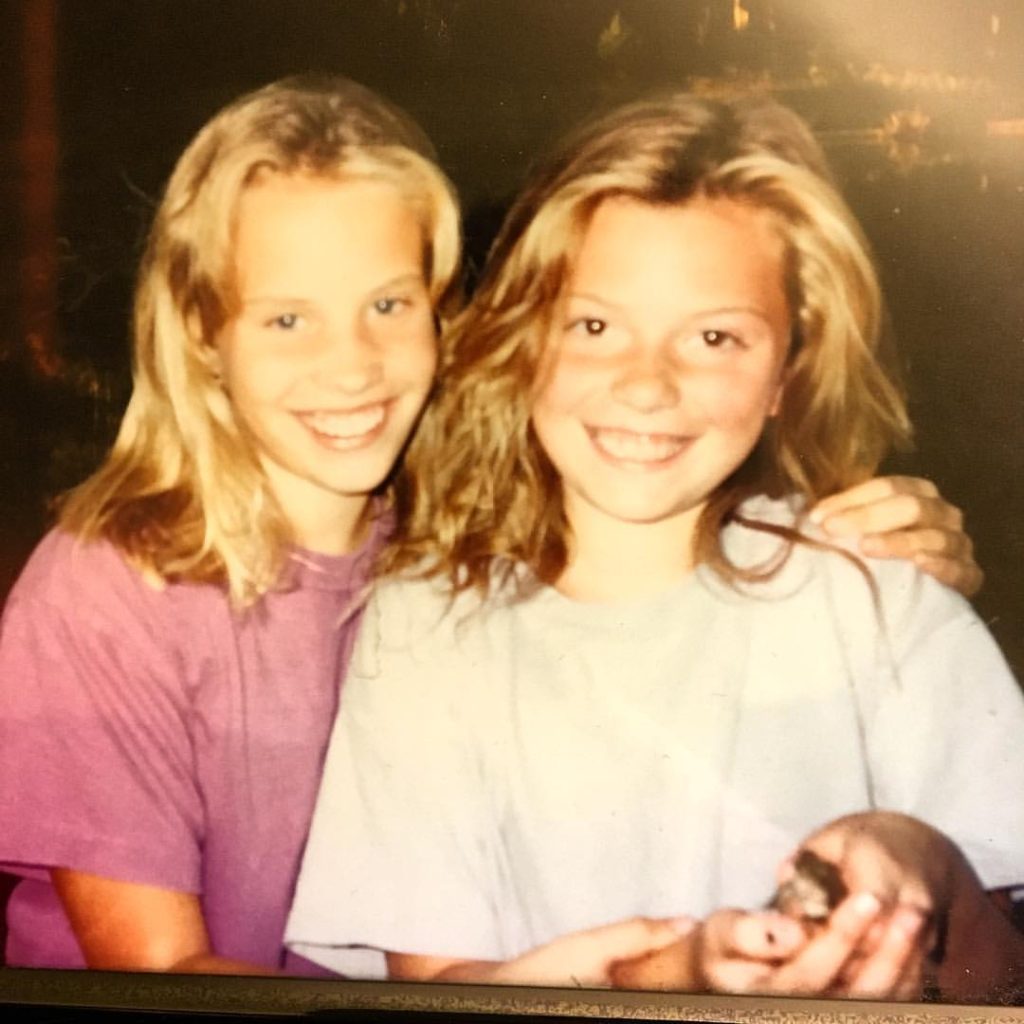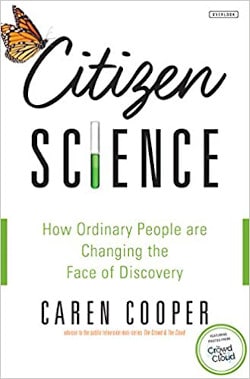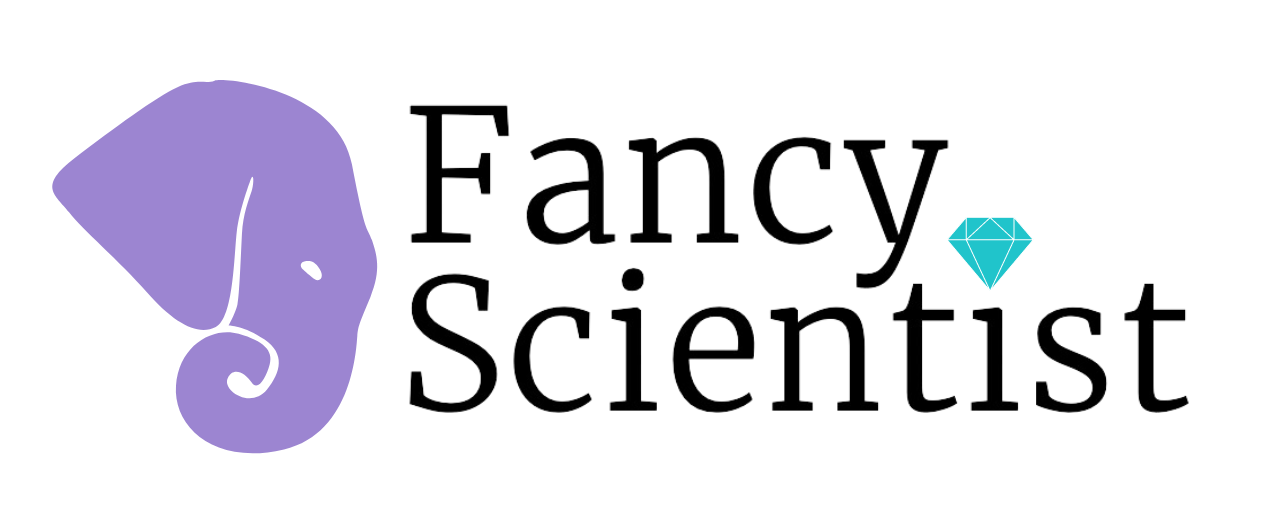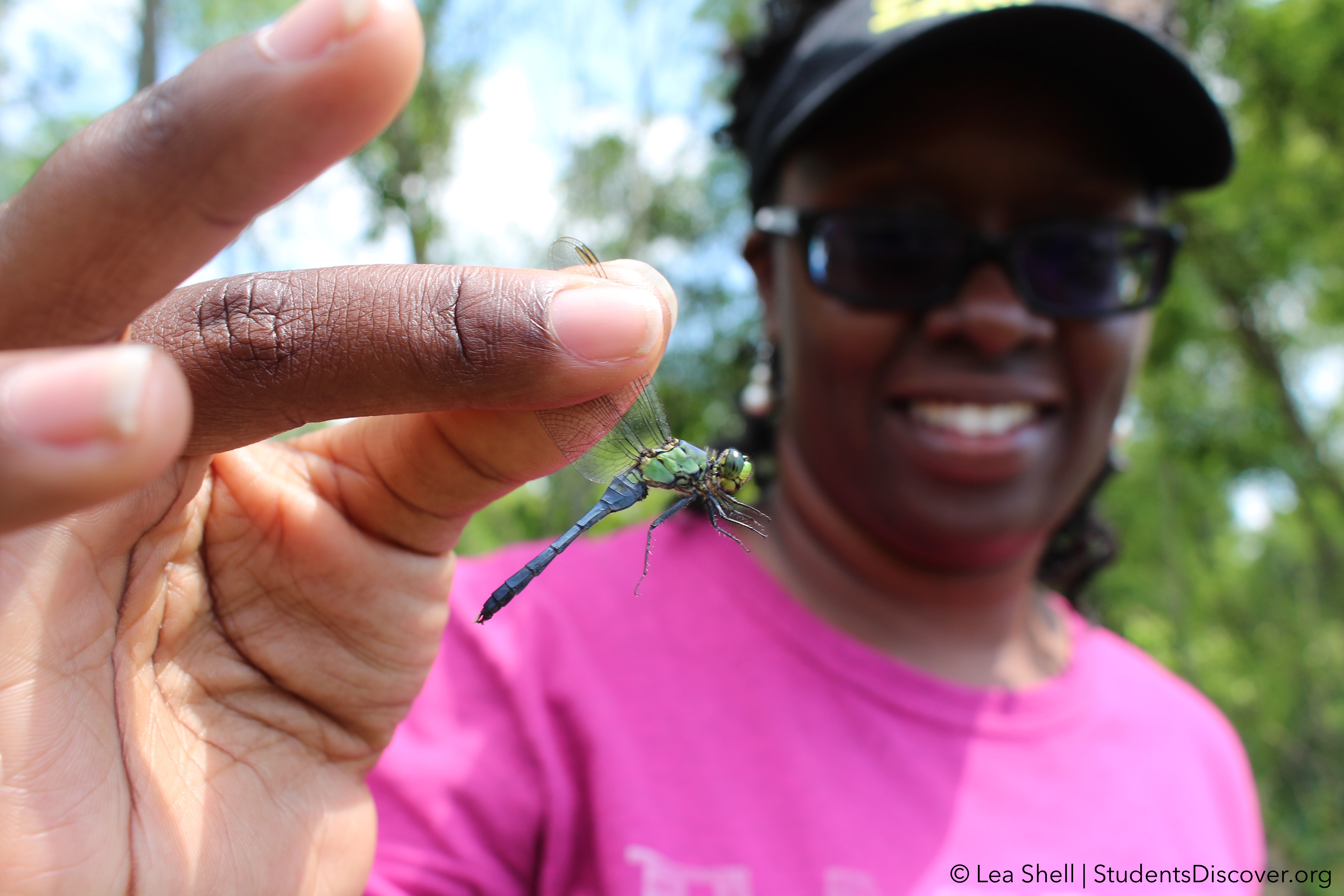*This post contains affiliate links. As an Amazon Associate, I earn from qualifying purchases. This means when you make a purchase, I get a commission at no cost to you! Read more about my affiliates on my Affiliate Links Disclaimer.
If you’re reading this blog, you probably care about nature. But have you ever stopped to wonder, what makes you care? And what makes other people not care so much? And if you’re someone like me, how can we get them to care?
I care deeply about nature and conservation, and my care developed as a result of going outside, especially when it involved animals. I loved catching (and releasing) whatever I could get my hands on: snakes, toads, frogs, and even spiders in my home. If you ask any wildlife biologist what made them want to become a wildlife biologist, I guarantee you their answer will involve spending time outside. The time spent outside for biologists and non-biologists alike gives you a chance to know the nature around you even if you don’t know their scientific names. You get used to seeing certain animals, plants and fungi. You experience them and develop personal connections with them. You develop empathy for nature.
I can remember this happening to me when I was a young girl. My dad and I would visit this one pond in our neighborhood regularly. We would take nets and scoop up tadpoles to look at them closely and catch the frogs they metamorphosed into later in the year. One day, we noticed construction vehicles near our pond and mounds of dirt. Our pond was converted to a residential area full of new homes. I became sad and wondered what happened to my frog friends, although deep inside I knew the answer.

The Extinction of Experience
The “extinction of experience” is a phrased coined by Robert Pyle in 1978 to describe the large-scale loss of people’s experiences with nature. Spending time outside is a rare activity nowadays, and can even be hard for wildlife enthusiasts like myself. With every passing generation, fewer people are going outside, and for those that do, they spend less time outdoors than the generation before.
When people don’t go outside, they don’t get to know and experience the nature around them. They don’t develop an emotional connection to nature. Then when something bad happens, such as the loss of my frogs mentioned above, they wouldn’t notice or care because they never knew them in the first place. Going outside, especially during childhood, is an important predictor of future conservation attitudes and behaviors. People who spend more time outside, or spent time outside when they were kids, are more likely to care for nature, and want to protect it as adults.
To reverse the extinction of experience, we need to get people, especially kids, outside again. Children are especially important to reach because they are still forming their values and connections with nature, and experiences during childhood can endure into adulthood. But even going outside is not enough. People need to get to know the nature around them connect and with it on a deep, emotional level so that they begin to care.
This is the challenge: it is tough to get people outside nowadays. We have less free time (if any at all) to wander and explore, and more and more distractions inside. With Netflix, video games, and the Internet, indoor entertainment is endless. It’s now socially acceptable to binge watch whole TV shows over a weekend. I therefore think, to get people outside, we need to give them an incentive and purpose. With so much digital competition, going outside is rarely thought of as a recreational option during people’s daily lives limiting the opportunity to reverse the extinction of experience.

Can Citizen Science Reverse the Extinction of Experience?
This is where citizen science comes in. In citizen science, people participate in real research, and help scientists conduct studies on a local, regional, and even global scales. Many of these research projects could not be possible without the participation of volunteers and many of these programs take place outside, so there is a real need by scientists for people to help them with their research. I wondered if citizen science could incentivize participants to go outside, get them to rediscover the nature around them.

Why citizen science? In my experience working in a citizen science program and as a participant myself, I thought that citizen science could cause people to pay more attention to nature. Because you frequently have to collect data in citizen science, you often have to carefully look at plants and animals, and record information about them. By paying close attention, I thought people could develop experiences for nature, like I had as a child in the ponds I played in, and develop an emotional connection to and empathy for nature.

This was the premise of my study, Bridging the nature gap: can citizen science reverse the extinction of experience? To look for evidence, we searched through 975 papers, and analyzed results from studies that included participants’ motivations and/or outcomes in nature-based citizen programs. We included urban and virtual environments, but only included studies that quantified the results, meaning that the study used surveys and not just anecdotal evidence from participants.
Through this study, we found evidence to support that nature-based citizen science does indeed foster cognitive and emotional aspects of experiences in nature, and even behavioral changes, giving it the potential to reverse EOE. For example, in Garden Butterfly Watch program, participants changed their gardening practices to make their yards more friendly to wildlife, particularly butterflies. In the Coastal Observation and Seabird Survey Team program, participants started cleaning up beaches during surveys, even though this was never suggested by the facilitators! Incredibly, this happened amongst several different volunteers, again with no direction by the program.
The biggest outcome observed was through knowledge gains. Volunteers who participated in citizen science came out of programs knowing more about the nature around them. The more people become aware of the plants, animals, and fungi in their neighborhoods, the better chances we have of getting them to care about them.

However, a challenge that citizen science programs need to work on is attracting people to programs who aren’t very knowledgeable or educated in nature in the first place. Because these programs are volunteer opportunities, they are going to attract people already interested in science and/or nature. Some studies attracted volunteers that were so highly interested that there were few before-and-after differences in attitudes and behaviors. If we are really trying to reverse the extinction of experience, we have to try to reach people who are not already engaged in nature. This is one of the reasons that I love working in schools. I’ve been implementing the eMammal citizen science camera trap project into K-12 classrooms across the world. By making citizen science part of the school day, all children participate regardless of their background.

While we found promising results, another big finding of the study is that there is still so much work to do. Out of those initial 900+ studies, only 26 studies evaluated motivations or outcomes of participants. TWENTY SIX! Many studies were full of amazing stories on how citizen science awakened participants’ to the nature around them. However, most did not quantify the outcomes and we could therefore not include them in the study. To fully evaluate the ability of nature-based citizen science to affect people, we need citizen science programs to formally study their participants. I personally think, the results will be amazing.
For more on getting children outside, read “Take a Child Outside for Conservation.”
Love this post? Share it with friends!



